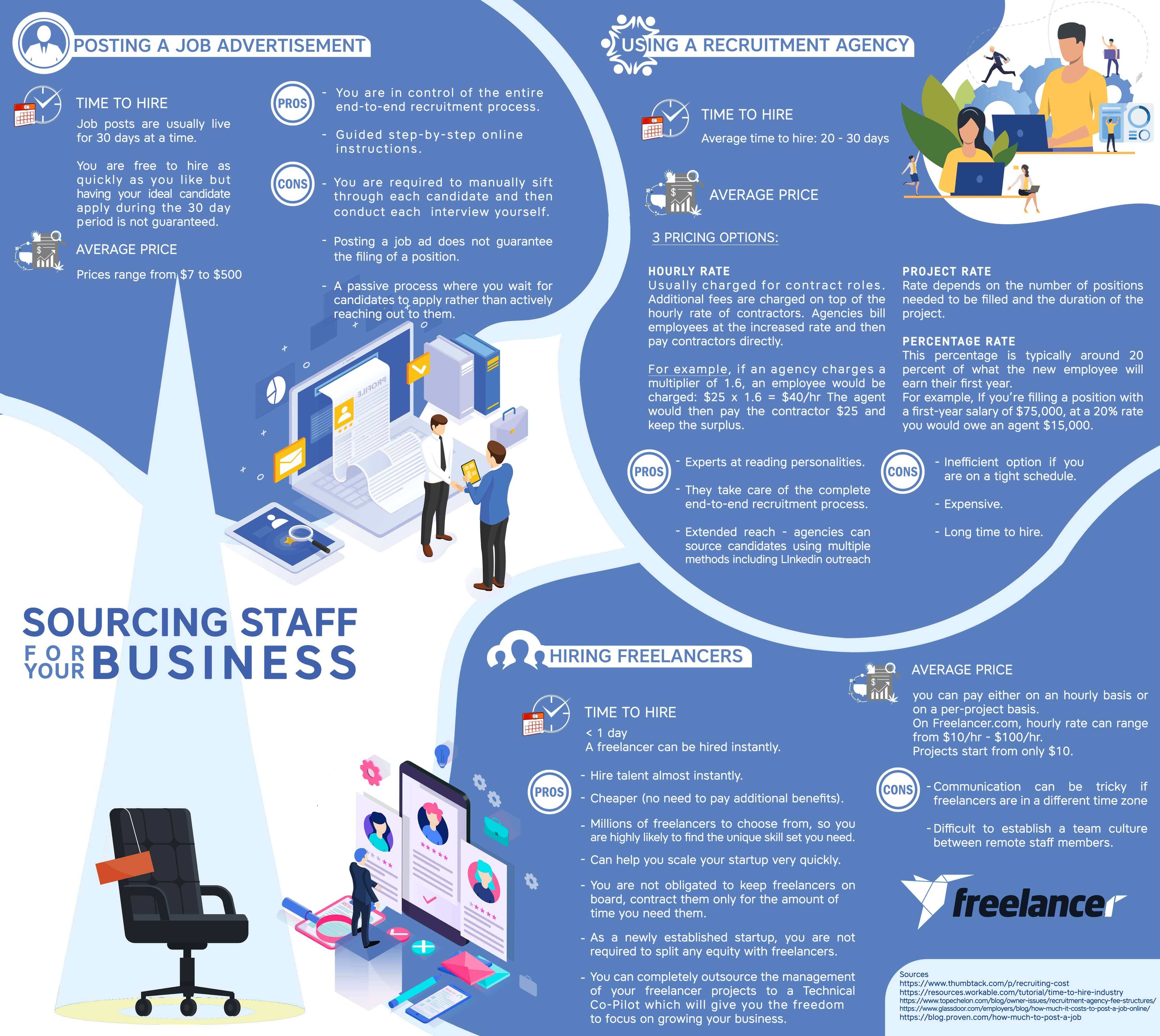Coronavirus impacts: How will Coronavirus change the global workforce?

The Coronavirus is forcing organizations globally to trial a remote workforce model. We discuss the expected results of this involuntary experiment. The Coronavirus outbreak forces organizations globally to trial work from home arrangements
As China continues to combat the crippling effects of the Coronavirus, organizations globally are urging any employees who’ve had contact with potentially infected persons to work from home for the duration of the incubation period (2–14 days).
This worldwide initiative to constrict the spread of the virus has resulted in one of the greatest remote workforce experiments in history.
While the final results of this enforced experiment are still being documented, let’s discuss some of the benefits these organizations are to expect.
Increased productivity
Let’s kick things off with the metric business owners are most skeptical of. In the absence of looming managerial supervision, are remote employees actually productive?
The answer?
A resounding yes!
In a two year experiment, Standford Professor of Economics Nicholas Bloom, tracked the performance of two pools of call center staff from China’s largest travel company, Ctrip.
Here are the results:
-
13% performance increase (9% of this amount was due to staff voluntarily working longer shifts due to fewer breaks and sick days).
-
4% more calls per minute.
-
Resignations dropped by 50%.
-
Overall the company made $2000 profit per person working from home.
Now these results aren’t statistical outliers. Other studies have also proven the immense productivity benefits of remote workers. CoSo Cloud’s remote employee worker survey discovered that 77% of their remote workers reported increased productivity levels and 52% said that they were less likely to take time off.
Here are some other fascinating agile workplace findings:
-
British Teleom, Dow Chemical and Best Buy reported a 35-40% increase in productivity of their remote teleworkers.
-
Remote American Express workers were 43% more productive than office staff.
-
Remote AT&T workers volunteered to work an additional 5 hours compared to their office counterparts.
-
JD Edward’s remote teleworkers were 20-25% more productive than their office counterparts.
-
Compaq’s agile staffing setup increased productivity by 15-45%
Now this might seem very strange to you. In an office, communication is lightning fast. You can just call out to an employee or walk over to their desk. And if you need to collaborate on a new business idea, you can instantly pull everyone into a meeting room to whiteboard the entire creative process.
So why are remote employees more productive?
The most obvious answer is that there are less distractions.
No sudden explosions of birthday songs, no obnoxious staff catch-ups by your desk and no thunderous typing noises from the mechanical keyboards of tech purists.
At home, remote workers are isolated in their place of Zen. This is the environment where they have complete control. If it’s too noisy outside, they can shut the window and adjust the air conditioner to their liking. And if it’s too noisy at home, they can work at any cafe or library of their choosing.
Data, however, demonstrates that most remote workers prefer to remain at home. This suggests that employees are capable of successfully adjusting their home environment to suit their ideal working conditions.

Source: buffer.com
Let’s take a closer look at some of the other remote workforce benefits to better understand why it results in such impressive business gains.
Reduced employee turnover
This benefit alone results in a significant profit margin increase. On average it costs about $4,000 to hire a new employee and it takes 42 days to finally fill a position.

This in gaping financial and talent cracks within a business and with an average turnover rate in the U.S. of 12-15% this could substantially reduce the chances of your business surviving a recession.
The number 1 reason why employees quit is due to lack of trust and autonomy. If you can’t trust your employees to execute the unique skills you found so impressive during their interview, it’s only a matter of time before they start searching for a more respectful employer.
Allowing employees to work from home is the most powerful demonstration of talent appreciation and trust. Remote employees recognize this and reciprocate the respect with higher work efficiency.
“Relationships are leverage. If you give value to someone else first, you have leverage.”
– Gary Vaynerchuk
Employees are also less likely to leave if you give them what they want, and the data suggest that most employees want to have the option of working remotely.

Source: buffer.com
Cost savings
Both employees and employers benefit financially from a remote working conditions.
On the employee side, they don’t need to spend money on travel. On average, Americans spend between $2000 and $5000 every year commuting to work. With that extra money in their pocket, remote employees are more satisfied and less likely to be tempted by other job offers.
From the employers perspective, the cost savings are astronomical. Let’s take a look at the numbers.
It costs between $8 – $23 per square foot every month to rent an office.
An average of 10 employees in a business.
Each office occupant requires between 150 – 175 square feet of space.
With a little number crunching that comes to a monthly cost range of $12,000 – $40,250
A lot of very prestigious companies have recognized this cost-saving potential and adopted a 100% remote workplace model; big names like Clevertech, Hotjar and even WordPress to name a few.
Besides significantly decreasing overheads, working remotely also reduces electricity consumption and waste production which cuts down your business’s carbon footprint.
Can you trust remote workers?
Lack of trust is the primary reason why some business owners hesitate to adopt a remote workforce model. But the data indicates that employees respect the privilege of working remotely and work even more diligently as a result.
The environment does not affect the work ethic of a good employee. A good employee will work hard for you no matter where they are stationed, and a bad employee will have a poor output both in the office and at home.
Ideally, employers will have a proven track record to appeal to, to help them decide which employees can be trusted in this privileged setup.
What about workplace culture?
Workplace culture has a strong effect on employee retention so it’s important to cultivate it in a remote workforce setup.
Thanks to ever-evolving tech solutions, this is easy to manage.
There are some great video conferencing solutions available. You could group your remote workforce into relevant teams and have them continually connected via a video conference. It will make everyone feel like they’re in the same office and combat any remote worker loneliness.

Source: Zapier.com
Switching to a remote workforce model
With the advantages of lower overheads, higher employee retention and higher business efficiency, there are far too many benefits to not consider a work from home arrangement for your employees.
If you’re not currently trialing this arrangement with the enforced Coronavirus incubation process, you could initially test this model on a small group of employees and, if successful, slowly roll it out to a wider pool.
All of the above mentioned benefits can be further amplified if you integrate a freelancer workforce.
Here’s why.
Freelance workers have a proven track record of remote work productivity
Freelance workers display a public record of their ability to effectively work remotely. On freelancer profiles, you can read reviews from other employees and even peruse through a portfolio of their completed work.
This is a guest post by Freelancer.com, the world’s largest freelancing and crowdsourcing marketplace.
 This article is written by Edward Kost, a content producer at Freelancers.com. The platform connects over 41,310,976 employers and freelancers globally from over 247 countries, regions and territories.
This article is written by Edward Kost, a content producer at Freelancers.com. The platform connects over 41,310,976 employers and freelancers globally from over 247 countries, regions and territories.




